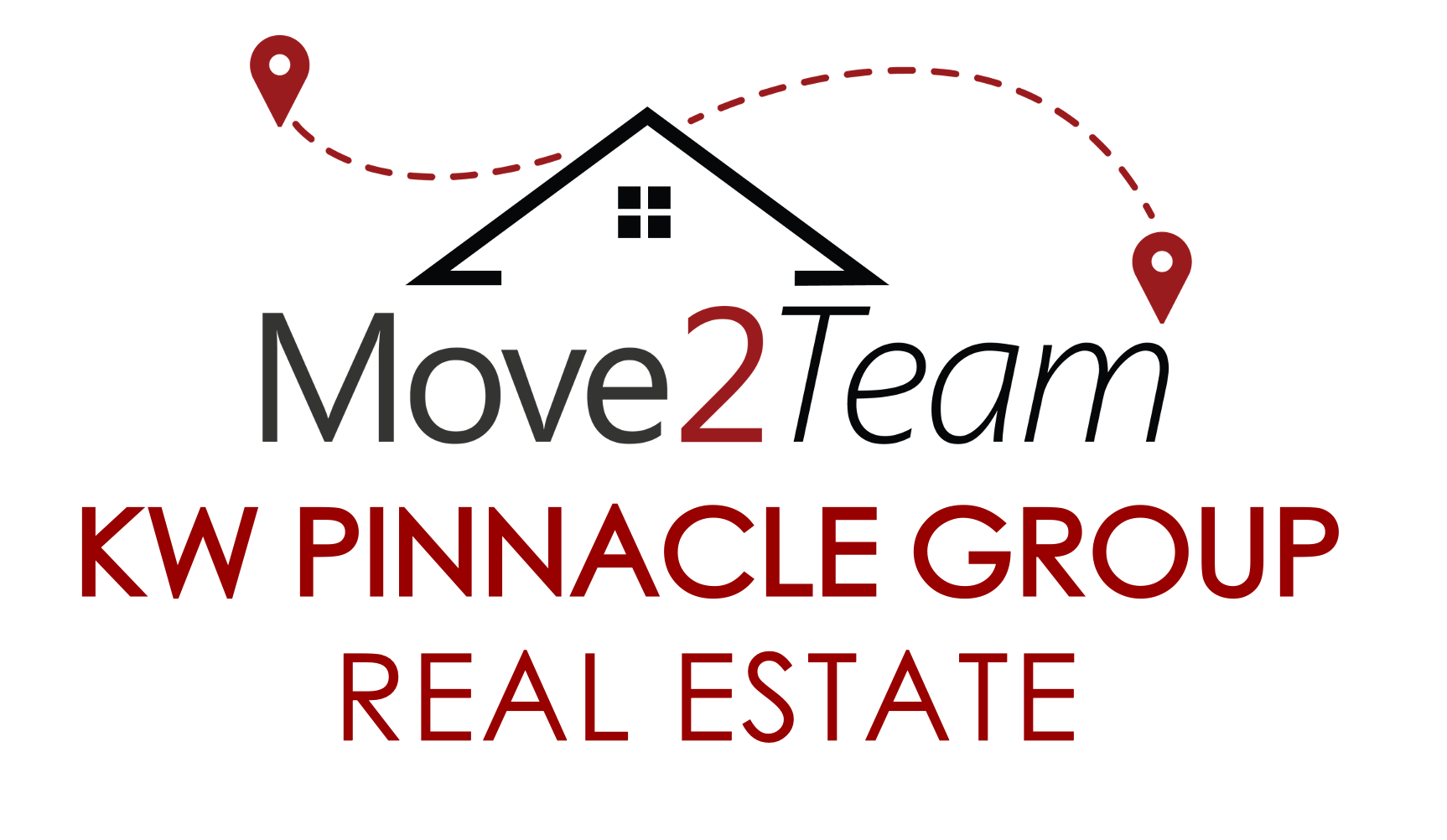Maximize Your Home Sale in Greater Cincinnati
Setting the right price for your home in Greater Cincinnati requires not just a number but a strategic approach to position it attractively in the market. This ensures it catches the eye of the ideal buyers and maximizes your profits. We're diving into three proven pricing strategies specifically tailored to the dynamics of the Greater Cincinnati real estate market to help enhance your home selling journey.
1. Comparative Market Analysis (CMA) in Greater Cincinnati
A Comparative Market Analysis (CMA) in our local context involves a detailed examination of homes recently sold in Greater Cincinnati, closely mirroring yours in dimensions, location, conditions, and more. This approach aims to pinpoint a competitive yet realistic price range for your home, reflecting the current market trends and sales data in our vibrant communities.
Pros:
- Localized Accuracy: CMAs leverage recent sales data from Greater Cincinnati neighborhoods, offering a precise estimate of your home's fair market value grounded in local market dynamics.
- Market Relevance: By pricing your home competitively, you attract serious buyers in Cincinnati and may even ignite a bidding war, ensuring you don't leave money on the table.
- Confidence Boost: A CMA backed by a Cincinnati real estate expert offers transparency and bolsters confidence among both sellers and buyers regarding your pricing.
Cons:
- Market Specifics: Although CMAs provide invaluable insights, they might not fully account for the unique charm or specific amenities of Cincinnati neighborhoods that could enhance your home’s appeal.
- Interpretative Variance: Real estate professionals might interpret market data differently, leading to diverse pricing recommendations even in similar Greater Cincinnati regions.
- Dynamic Market: Our local market can shift swiftly, with CMAs needing regular updates to stay relevant and reflective of the current selling environment.
2. Pricing Below Market Value for a Quick Sale
Adopting a strategy of pricing your home slightly below its estimated market worth could captivate a broader audience of buyers. Especially in competitive Greater Cincinnati neighborhoods, this tactic might quickly result in offers, leveraging a perception of urgency and value among homebuyers.
Pros:
- Widened Interest: An attractively low price can draw attention, especially in high-demand areas like Oakley or Hyde Park, enticing buyers looking for value in Cincinnati’s market.
- Swift Transactions: Presenting your home as a value proposition can significantly reduce its time on the Cincinnati market, ideal for sellers seeking a prompt sale.
- Auction Effect: Initiating a competitive pricing strategy can lead to multiple offers, potentially increasing your home's final sale price in the buoyant Cincinnati market.
Cons:
- Undervaluation Risk: There's always a gamble that you might undervalue your home, especially if offers come too swiftly without competitive bidding, which is something Cincinnati’s hot spots might risk.
- Misperception: Some buyers might suspect underlying issues with a house priced below market value or question its quality, especially in well-established Cincinnati areas.
- Negotiation Leverage: A lower starting price might give potential buyers the upper hand in negotiations, believing the seller to be in a rush.
3. Pricing Higher to Leave Room for Negotiation
Setting your listing price above the estimated market value could create room for negotiation. This strategy might especially resonate in upscale Cincinnati neighborhoods, where buyers are often willing to pay a premium for exclusive properties.
Pros:
- Luxury Appeal: A higher list price might attract buyers looking for luxury homes in affluent Cincinnati areas, associating price with prestige.
- Negotiation Buffer: This approach offers flexibility, enabling you to meet buyer negotiations without compromising your financial goals.
- Market Adaptability: An elevated starting price can protect against unexpected market turns or discoveries during the home inspection process.
Cons:
- Market Alienation: Excessively high prices might deter a significant portion of potential buyers, particularly in Cincinnati’s more price-sensitive neighborhoods.
- Listing Stagnation: Homes listed well above market value risk becoming stale on the market, decreasing buyer interest over time in the Greater Cincinnati area.
- Financing Hurdles: If the home sells for more than its appraised value, buyers may face challenges securing financing, a common issue in rapidly appreciating markets like Cincinnati’s.
Choosing the right pricing strategy for your Cincinnati home involves a nuanced understanding of the local market, your property's distinct attributes, and your personal selling goals. Whether you're leaning towards a data-driven pricing model, aiming for a swift sale, or considering a higher asking price to account for negotiation space, each approach comes with its unique set of advantages and considerations. By collaborating with a seasoned Greater Cincinnati real estate professional, you can navigate these options adeptly and find selling success in our dynamic market.
Ready to embark on your selling journey in Greater Cincinnati? Connect with us, and our expert team will guide you in selecting the most fitting pricing strategy for your home.
Thinking about selling your home?
Get in touch. We'll guide you through every step of the process to ensure a smooth transaction that meets your goals.

.png)

.png)
